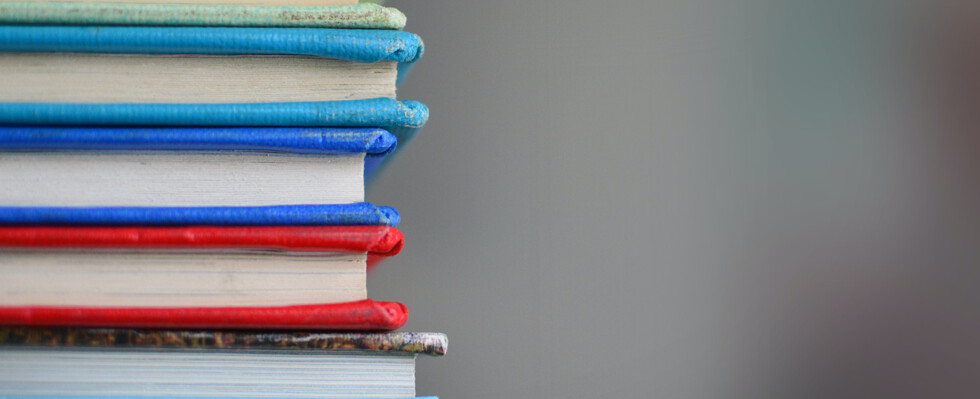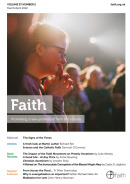Book Review: How to combat threats to human life
How to combat threats to human life
A Good Life-At Any Price — New Threats to Human Life in Our Times by Anita Dowsing, Gracewing, £14.98.
Review by Pravin Thevathasan
Anita Dowsing has worked in adult religious education in the Diocese of East Anglia and has been a member of the Diocesan Commission for Marriage and Family Life. In this vitally important book, she examines the various threats to human life in our times. In the first part of the book she covers embryo destruction, abortion, assisted suicide and euthanasia, terrorism and quality control of human life. There is a very helpful summary at the end of each chapter. The second part is about protecting human life and consists of three chapters: ‘Legislation and Catholic Teaching’, ‘Suffering and a Good Life’, and ‘Towards a Truly Inclusive Society’.
Euthanasia in Holland
For the purposes of this review, I will examine the chapters on euthanasia and abortion. The chapter on euthanasia and assisted suicide begins with a discussion of Debbie Purdy’s campaign to legalise assisted suicide. She was diagnosed with multiple sclerosis, and she argued that serious suffering and a good life are incompatible and there should therefore be a legal right to assisted suicide. The author notes that where euthanasia and assisted suicide are legal, surveys show that the elderly and disabled are far less likely to trust the medical profession. In Holland, for example, an association of such people have begun issuing their members with a card which states that they do not wish to be killed when under the care of doctors.
In the UK, we are seeing a steady drift towards the acceptance of assisted suicide. In 2010, following the case brought by Debbie Purdy, the Director of Public Prosecutions issued a set of guidelines for prosecutors that makes it difficult to prosecute those assisting in an assisted suicide.
Euthanasia for the healthy
The author places a great deal of confidence in the medical profession - perhaps too much. She notes that in 2006, the British Medical Association voted against assisted death. Unfortunately, since the publication of this book, the same organisation has moved to a position of neutrality on this issue. The author also notes that it could be argued that euthanasia is already occurring in the UK. She cites the case of Tony Bland, who was in a so-called persistent vegetative state following brain injury. His life was ended by the withdrawal of nutrition. The author rightly believes that this is euthanasia.
Matters are much worse in The Netherlands. The author notes that recently a young woman diagnosed with a degenerative disorder ended her life by euthanasia, even though she was perfectly healthy at the time. A Dutch commission has even recommended that non-voluntary euthanasia should be legalised. Reasons for euthanasia in Holland include loneliness and low income in combination with non-terminal diseases.
The author notes that public opinion in the UK is largely in favour of assisted suicide. It would have been helpful if the author had told us why this should be treated with some suspicion: you do not have to be a fan of Yes Minister to know that opinion polls can be easily manipulated. The author concludes the chapter by affirming that good palliative care is the life-affirming alternative to assisted suicide. Unfortunately, in our results-oriented culture, looking after the dying gets less funding than treating cancer.
Abortion is an act of violence
In the chapter on abortion, the author begins by noting that abortion was legalised to stop so-called back street abortion. The common argument put forward in favour of abortion is the ‘right to choose’. The chapter has a good summary of abortion in the UK before the 1967 abortion act. In practice, this act does not grant legal protection to the unborn child. Abortion rates have quadrupled between 1969 and 2010.
The author examines abortion in hard cases. What if the mother’s life is in danger? The author notes that in 2010, less than 1% of UK abortions was for this reason. Besides, modern medical methods enables the mother to continue with pregnancy until the twenty-fourth or twenty-fifth week when the baby can be safely delivered. What about abortion on grounds of disability? This is surely a callous disregard of disabled persons. Many people with disability have spoken against abortion for this reason. What about abortion after rape? These women have suffered greatly, and we need to assist them. But, as the author puts it, “an abortion would be a further act of violence against an innocent human being.”
This book proved to be a very useful and helpful summary of the new threats to human life in our times and how to combat them.
Dr Pravin Thevathasan is a consultant psychiatrist and editor of the Catholic Medical Quarterly.






